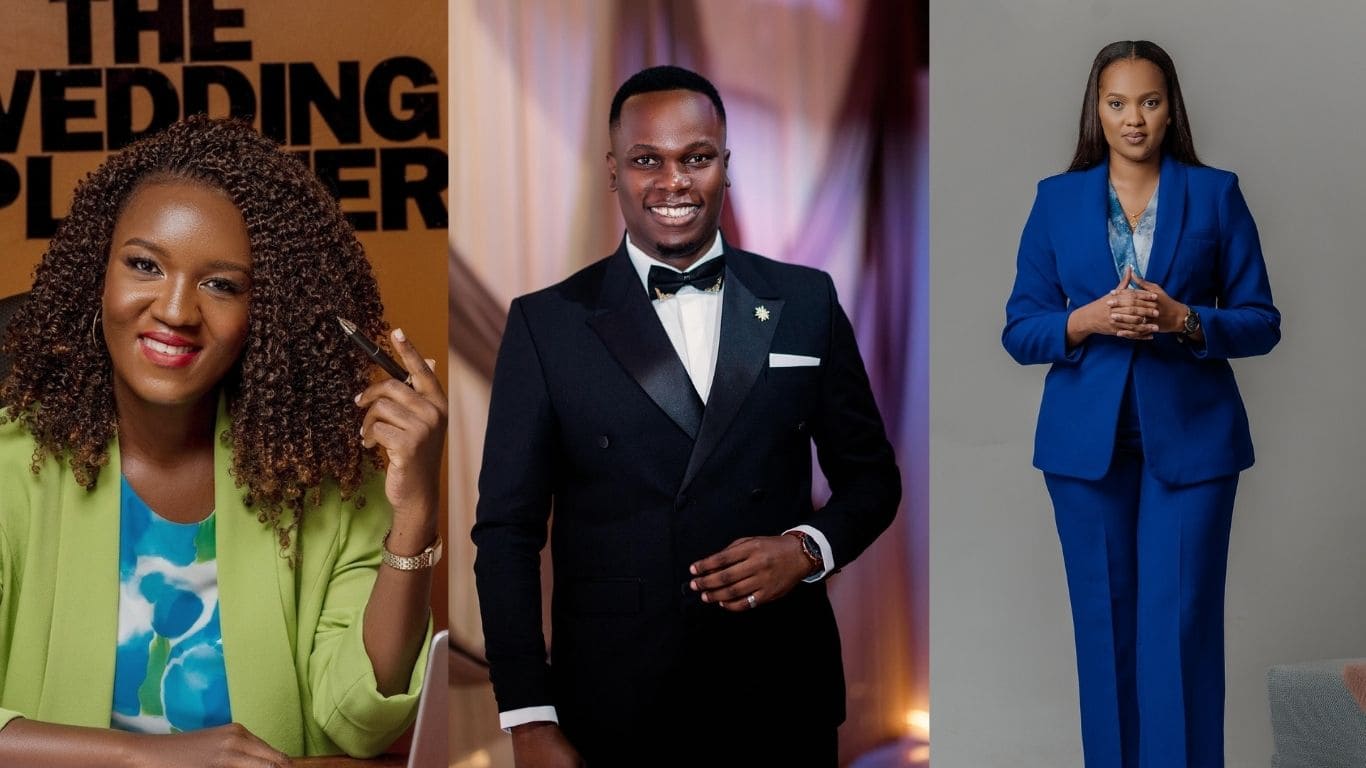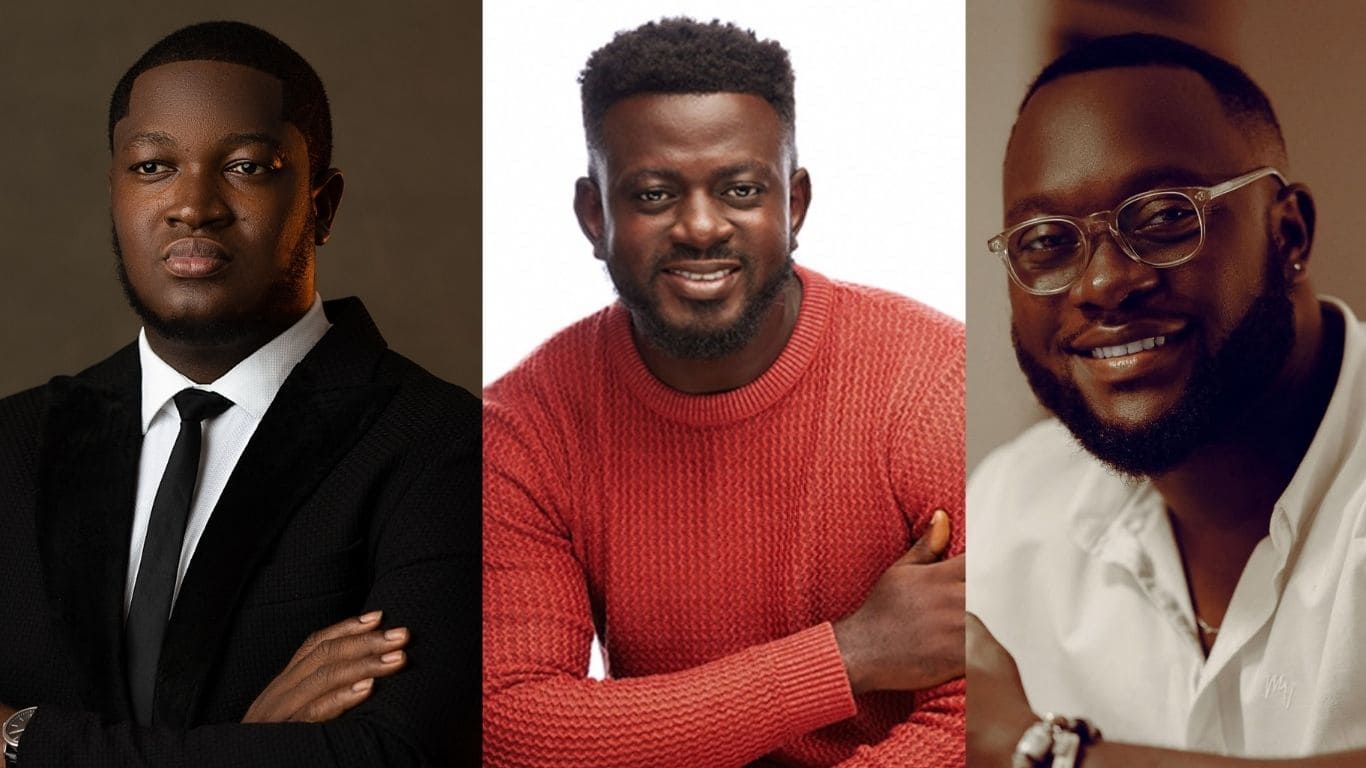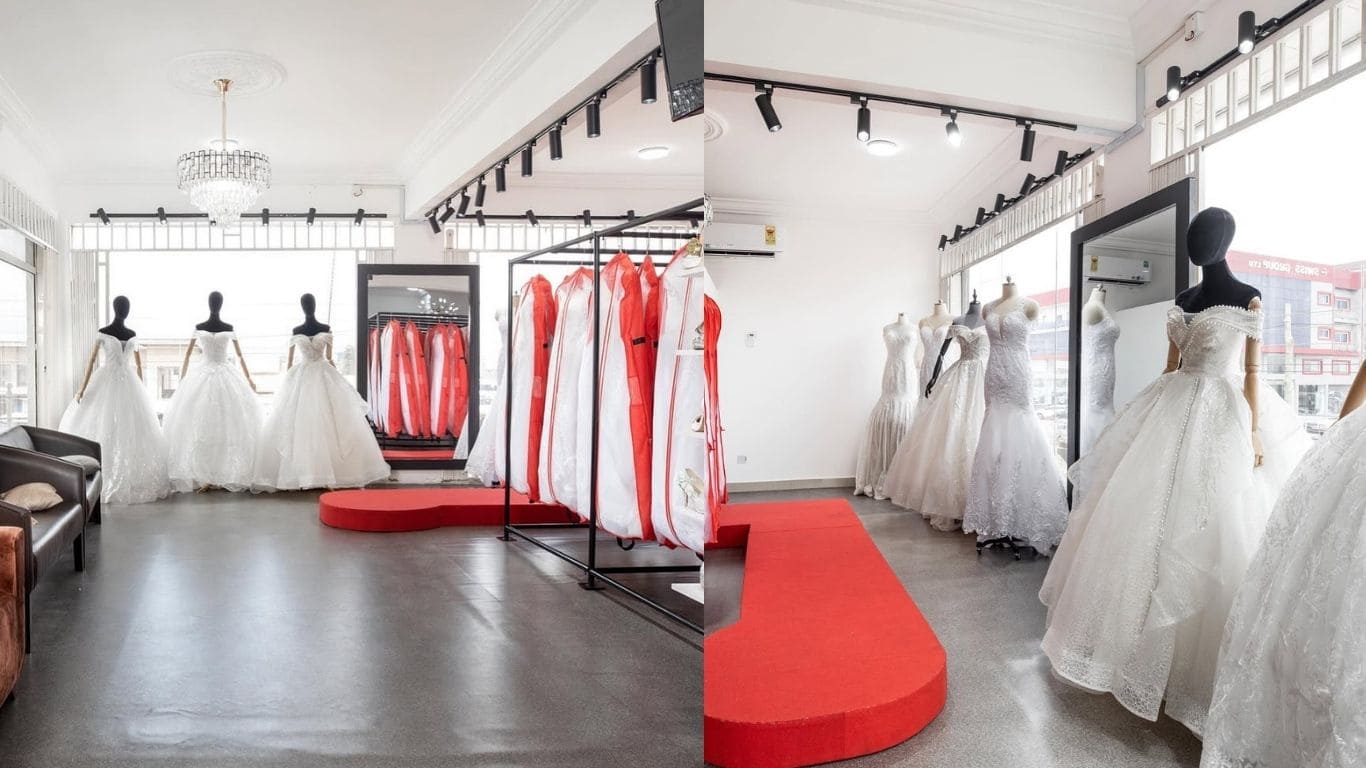Relationship proposals and getting engaged are two different things that lead to the union between two adults. What’s the discrepancy between them?
There have been several times when I’ve searched for the term “proposals” on Google and I’ve been given results relating to research studies. I’m always like, damn! I’m talking about love! I hope I am not the only one who feels this way. Anyway, let’s get to business!
Two significant moments that stand out as symbols of commitment and anticipation on the path to marriage are the romantic proposal and the engagement. These events mark the point at which two people who are sincerely in love decide to make intentional efforts toward becoming husband and wife.
All of them, nonetheless, have their special charm, distinguished by differences that add to the overall structure of the love story of a couple.
In this article, JanaTribe will explore the subtle distinctions between an engagement and a love proposal, highlighting the beauty that can be found in these momentous stages of adulthood.

General view on proposal and engagement
The terms “engagement” and “proposal” relate to the same thing, a pledge to enter into marriage, but “marriage proposal” is more commonly used to refer to the act of asking a partner to marry you, while “engagement” refers to the period before the wedding.
Traditionally, the man proposes. This is also common today. However, some women also decide to take the first step towards marriage.
However, in the world of same-sex relationships, the more dominant spouse typically makes the first move and proposes first.
There are two ways that an engagement can occur. Typically, a guy would give a little speech before popping the question, “Do you want to marry me?” If the answer is “yes,” the engagement is deemed to be complete.
To put it succinctly, the proposal is accepted by the partner, and the engagement ends there.
According to an article on Handmade Engagement Rings, registering to get married at the registry office is another way for a couple to become engaged, besides popping the question.
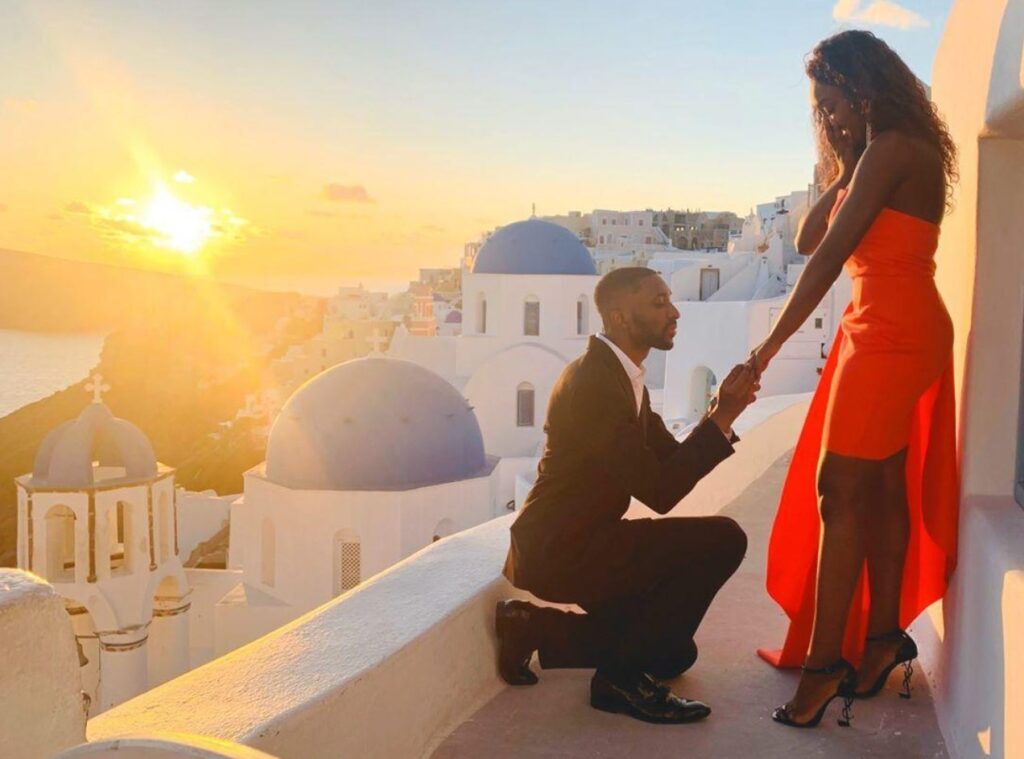
A proposal and an engagement: the differences based on Western culture and African (Ghana) culture.
The actual act of asking someone to marry them to enter into a lifelong, committed relationship is known as a proposal. In the Western world, if the answer is yes, the engagement period has begun. The engagement ends when vows are spoken and “I now pronounce you, , has been said.
In most African countries, this is entirely different. For example, according to Ghanaian customs, accepting a proposal does not automatically make you engaged. You must first go through the two-step process, the knocking or kokooko ceremony and the engagement itself to be officially married. This ceremony takes place in front of the elders of both families and involves the presentation of the ring and the bride’s price.
For the knocking, the groom’s family visits the bride’s family to introduce themselves and state their intent to marry their daughter. Upon acceptance by the bride’s family, a date is then set for when the engagement will take place.

What comes first: a proposal or engagement?
There was a substantial debate about which of these two crucial stages of life occurs before or after the other for couples looking to intensify their romance.
Well, a world-wide view on this is that the proposal comes first before the engagement.
The charming prelude to the big symphony of an engagement is the romantic proposal, an intimate proclamation of one’s wish to spend a lifetime with a beloved, usually characterized by private settings, emotional confessions of love, and maybe a shimmering engagement ring.
On the other hand, the engagement, which entails exchanging engagement rings, is the pinnacle of the romantic overture, a public proclamation of commitment, and a legal agreement to start the process of getting married.
This is not always the case, as a couple can be engaged without a traditional proposal. Engagement can be a mutual decision that evolves through open communication and shared intentions to get married. Some couples may discuss their future together and decide to become engaged without a formal proposal event.
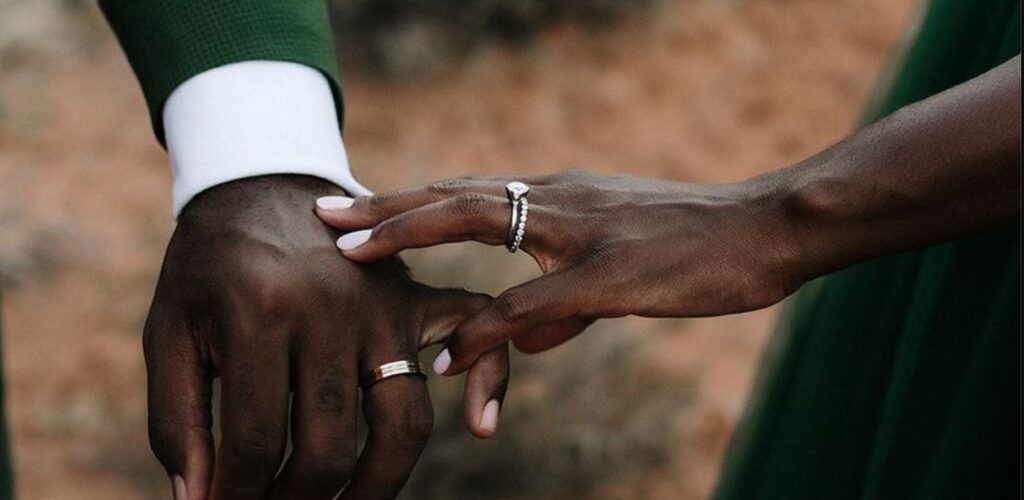
10 discrepancies between a proposal and engagement
1. Timing and Intimacy:
A romantic proposal is a private, intimate affair where the couple shares a profound moment in their personal space; an engagement, on the other hand, is a more public declaration that involves the extended community and officially launches the marriage. These are the most obvious differences, along with the timing and intimacy of these moments.
2. Symbolism: The Exchange of Ring
The exchange of rings occurs during both the proposal and the engagement, but the meanings are different. The ring given during an engagement is a prelude, a promise, and a sign of the expectation of an engagement to come. On the other hand, the ring given during an engagement is a formal commitment to marriage and is frequently worn prominently as a visual sign of the couple’s status.
3. Level of Planning:
Engagements, while joyous, may involve more communal planning, taking into account the involvement of family and friends in the event. Romantic proposals, on the other hand, are painstakingly planned to create a magical and unforgettable experience. They involve careful consideration of the partner’s preferences, creating a deeply personal atmosphere.
4. Intent and Formality:
While engagements are also motivated by love, they have a more formal tone, denoting a commitment to marriage with social and familial recognition, whereas romantic proposals are an expressive, passionate declaration of love and desire that embodies the goal of spending a lifetime together.
5. Atmosphere and Setting:
In contrast, an engagement might happen in a more formal setting, like a family gathering, a restaurant, or during a planned event where the focus is on the couple and their wider circle of loved ones. A romantic proposal typically happens in a carefully chosen, sentimental setting, like the location of the couple’s first date or a place that holds special meaning for both. It is an atmosphere tailored to evoke deep emotions and create an intimate ambiance.
6. Surprise Factor:
Romantic proposals usually have an element of surprise because partners will go to considerable lengths to catch their partner off guard, which makes for an intensely felt moment. Engagements, while still joyous and celebratory, may be less surprising because they frequently involve discussions and mutual agreement before the official announcement.
7. Decision-making Process:
While becoming engaged is usually a mutual agreement involving discussions about the future, shared goals, and the desire to commit to a life together, romantic proposals are usually made unilaterally by one partner, with the other waiting for the surprise. Engagements often involve open communication and joint decision-making.
8. Cultural and Religious Significance:
Understanding the cultural and religious nuances helps navigate the expectations and significance attached to each phase. Traditional marriage ceremonies vary in how significantly they view engagements. In certain traditions, the engagement is a significant step with specific rituals and customs, while in others, the focus may be more on the romantic proposal.
9. Exchange of Promises:
In contrast, an engagement entails a more formal exchange of promises and commitments, often articulated in verbal agreements and witnessed by family and friends. A romantic proposal is typically marked by the expression of heartfelt emotions and the promise of a future together. It is a moment of shared vulnerability and sincerity.
10. Celebration and Festivities:
Proposals are celebrated in a more intimate and private setting, usually involving just the couple or a small group of close friends. Engagements, on the other hand, are more public declarations and may involve larger gatherings, parties, or events where the couple receives the collective blessings and well-wishes of their social circle.
Conclusion
In summary, a romantic proposal and an engagement are complementary stages in the grand love story of a couple. The distinctions between a romantic proposal and an engagement are manifold, encompassing everything from the private and intimate to the more public and formal. A romantic proposal is a whispered prelude between two hearts, while an engagement is a joyful declaration shared with the world. Together, they form the foundation for the intricate dance of love that culminates in the sacred vows of marriage.


